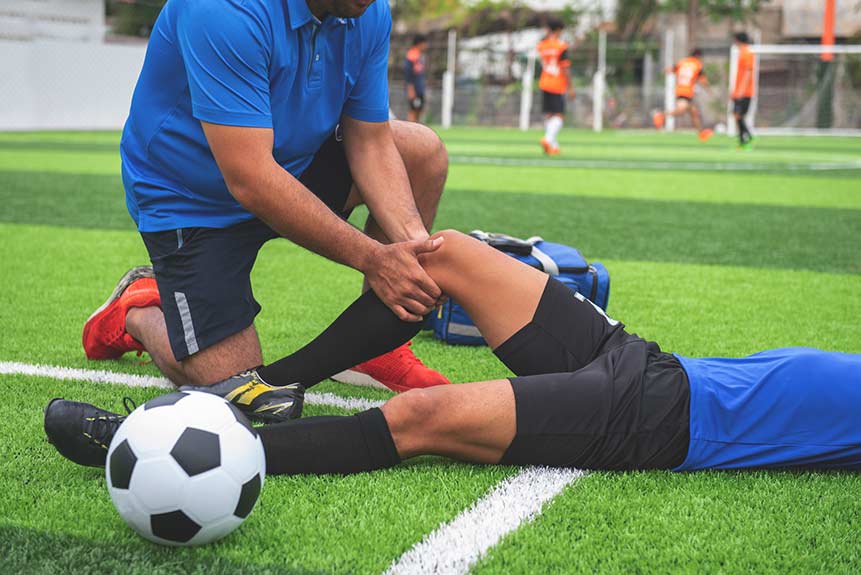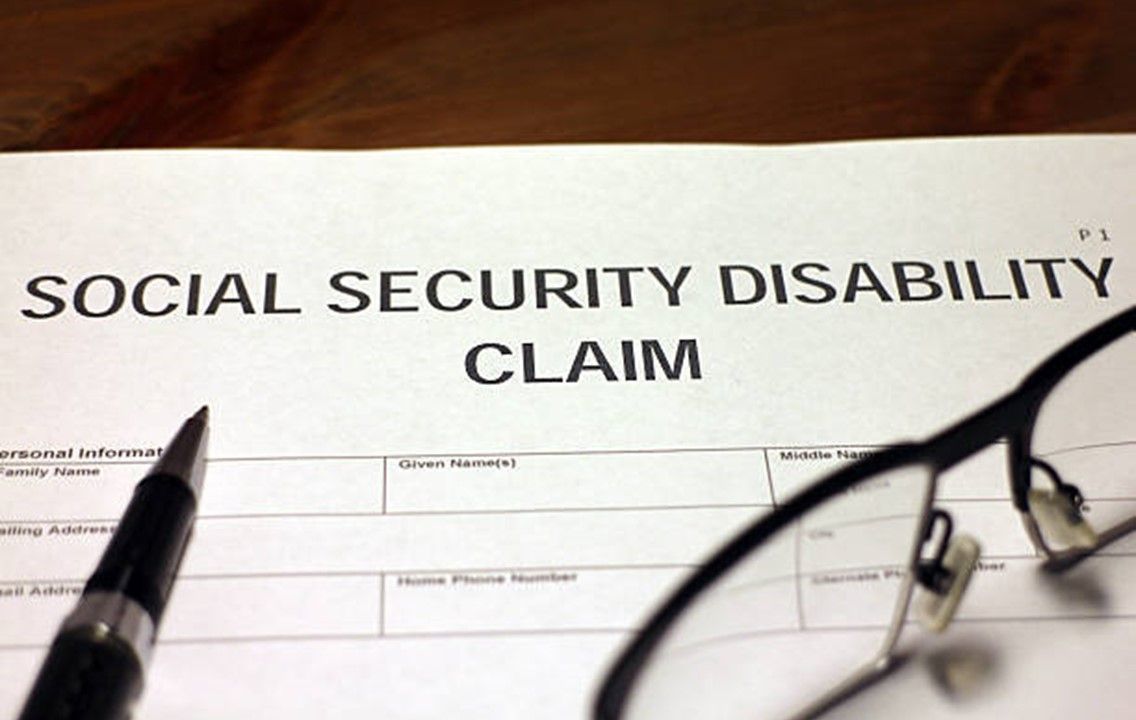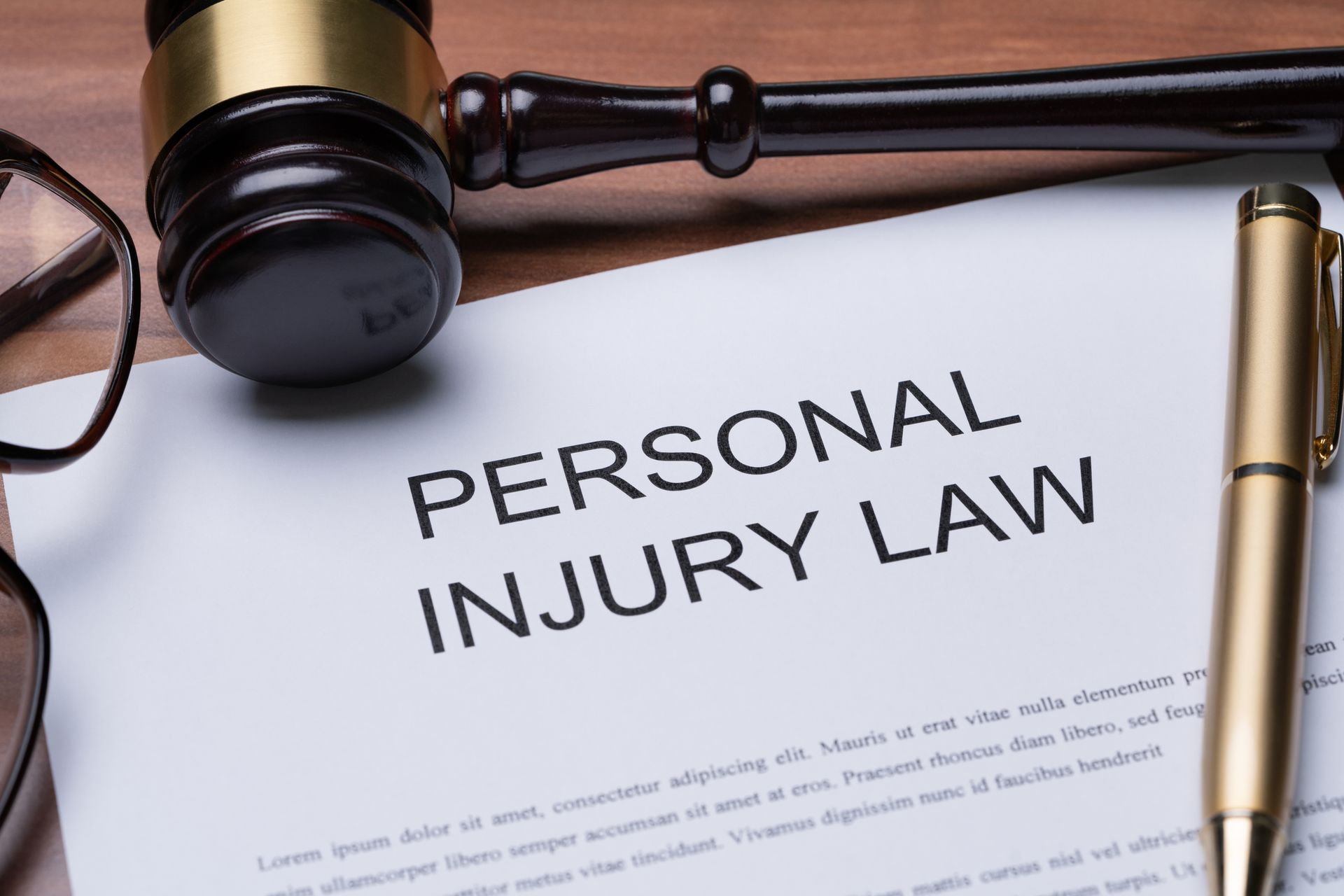Understanding Sports Injuries

Even one time playing sports can lead to an injury, and the risk of injury increases when you are not trained to compete in a sport. When you have a child who is passionate about playing with friends or on a team, the risk of a sports injury increases even more.
Sports injuries range from mild to severe, and even what appears to be a simple concussion can have lifelong implications. Never discount the impact an injury can pose.
About 3.5 million
children under age 14 experience sports injuries each year. If you have a child who has been recently injured in a sporting incident, you may have a personal injury case.
The Most Common Sports for Injuries
Football generally prompts the most emergency room visits, but basketball, baseball, and soccer are not far behind. Many parents are also surprised to find that solo sports, like gymnastics, are also likely to prompt injuries.
Common injuries linked to sports include sprains, strains, broken bones, concussions, bruises, and scrapes. Children also experience injuries linked to torn meniscus, torn ligaments, and shoulder dislocations. Dehydration is also common in sports, especially those that are played outdoors and involve running.
Shockingly, the majority of sports injuries occur during practice, not during matches, games, or performances. Some coaches may disregard safety concerns during practices, prompting additional injuries and problems.
The Role of Insurance Companies
Sometimes, insurance companies are reluctant to pay for the injuries resulting from sports. In fact, the insurance company might not consider the activity your child participates in a sport at all.
If your own health insurance fails to cover sports injuries, your next step is to look into the insurance of the league or organization that your child participates in. You will file for coverage via a third-party liability claim.
The third-party insurance claim may try to avoid paying. You may receive settlement offers from the company valued way less than the cost of the damages incurred. You should always have an attorney review these documents.
The Role of Sports Organizations
Next, you might pursue a case against the sports organization. If you signed a waiver regarding injuries and insurance, the company may be off the hook - but not always. Bring any waivers you signed to your personal injury attorney to determine your course of action.
When you file a lawsuit against a sports organization, you may do so under the claim of negligence. Negligence encompasses the improper use of protective equipment, failure to allow players to rest or recover, and failure to notice a player has been injured.
Additionally, you may have a case against a coach or organization that fails to pay attention to safety protocol. The CDC claims that most injuries that occur during sports could have been prevented.
If your child is injured and you are presented with paperwork from the organization or its insurance company, do not sign it. Instead, bring it to an attorney to look over the documents.
The Next Step
Your next step should be to hire an attorney. You should act quickly in approaching an attorney, especially because North Carolina has a three-year statute of limitations for personal injuries. Minors have three years from the time they turn 18 to file a claim, but in the meantime, an individual can miss out on medical bills and other damages they are entitled to.
Are you trying to navigate the world of personal injuries and disabilities? Call The Law Offices of James B. Gillespie, Jr., PLLC , today to learn about your rights when facing a sports injury. Your child may be eligible to recover damages.





